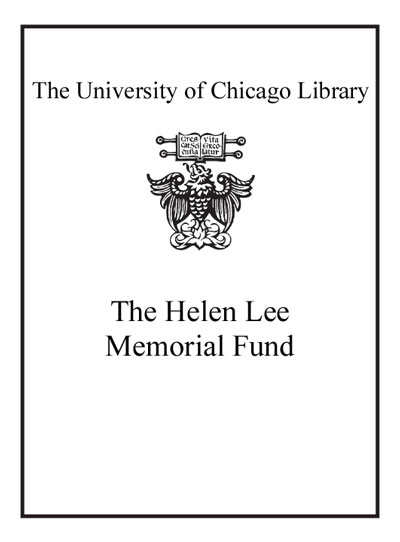Review by Booklist Review
This work of rollicking obscenity, written at the end of the Soviet era, revels in perversity and violence as a means of literary and political provocation. The loose plot follows a squad of Russian archetypes as they undertake various "operations" of grotesque sex and absurd, performative violence. Rebrov, a factory worker, issues nonsensical orders with gruff efficiency. Old and lecherous Shtaube is fixated on young boys and the Siege of Leningrad. Teenage Seryozha is loyal and somehow innocent despite the lewd butchery in which he participates. And athlete Olga, ever dutiful and sexually available, is perhaps the toughest of the lot. Thirty years after its original publication in Russian, some of Sorokin's pointed cleverness and nuance may be lost to U.S. readers. But his ugly caricatures, which at their best resemble those of William S. Burroughs, remain as trenchant as ever. This edition also includes masterfully disturbing charcoal illustrations by Milwaukee artist Gregory Klassen.
From Booklist, Copyright (c) American Library Association. Used with permission.
Review by Publisher's Weekly Review
Sorokin (The Queue) follows the missions of an absurd task force at the end of the Soviet Union in this bizarre story. The principal characters revolve around a man named Viktor Valentinych Rebrov, who, with a militaristic regimen, leads the group through strange and macabre acts of violence. After Rebrov, athlete Olga Vladimirovna Pestretsova, and 60-something Henry Ivanych Shtaube are joined by a young teenage runaway named Seryozha, they conduct an avant-garde exercise called "Pre-Operation No. 1," in which they all get naked, Shtaube climbs into a cube strapped to Rebrov's back, and they recite a series of numbers, colors, and other lists. Then, for what is evidently "Operation No. 1," Seryozha leads them to his apartment, where the group murder his parents and mutilate their bodies. Many more violent episodes follow, as well as scenes of graphic sex and child molestation, illustrated with moody charcoal drawings by Gregory Klassen that, along with the characters' archetypes, satirize social realist tropes with exaggerated grotesquerie. The overall result is an enthralling, if disgusting, view of Soviet reality, which readers may find simultaneously refreshing and repulsive. More lurid than revelatory, this works as a pained expression of its historical moment. (Apr.)
(c) Copyright PWxyz, LLC. All rights reserved
Review by Booklist Review
Review by Publisher's Weekly Review

